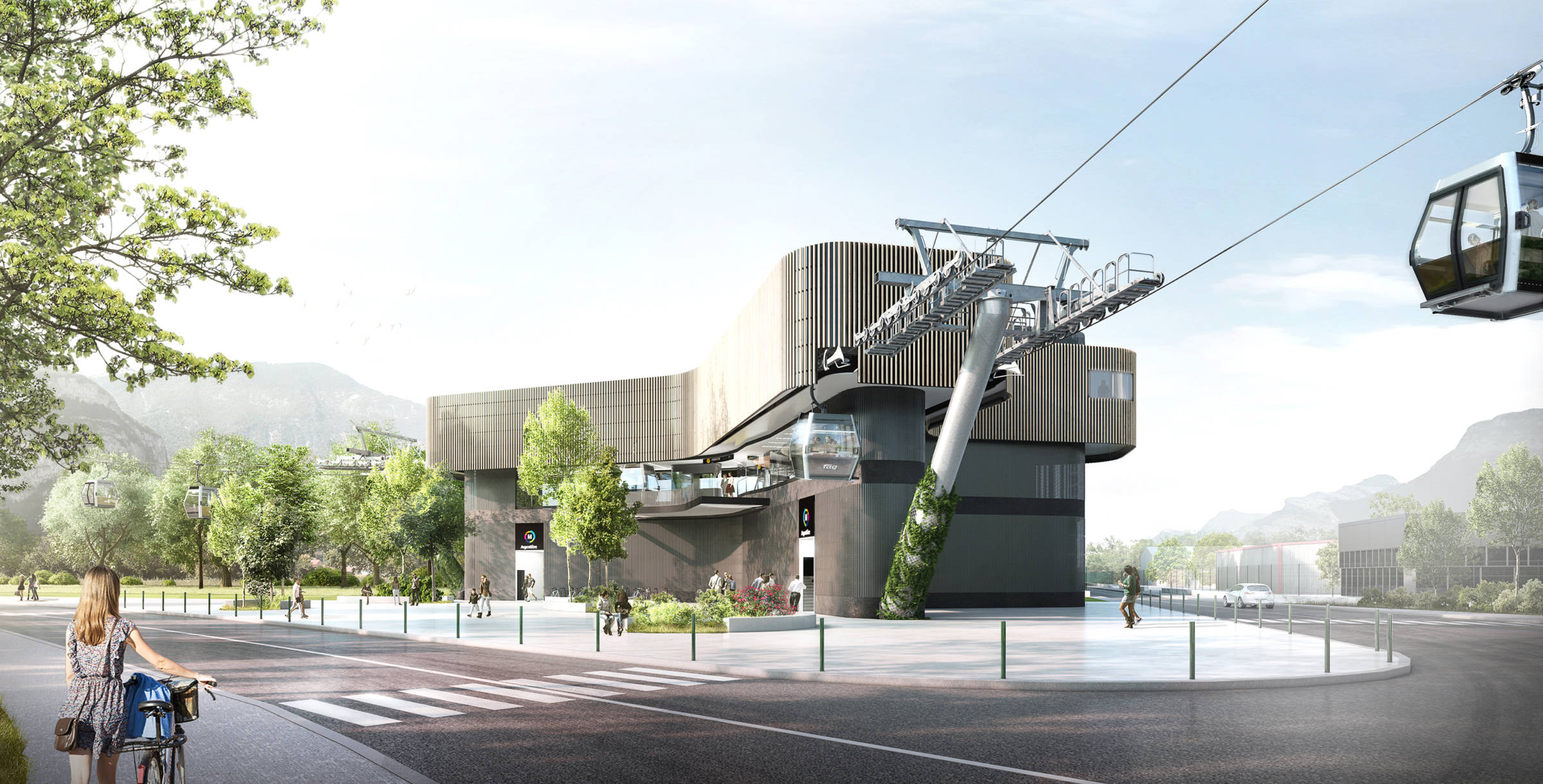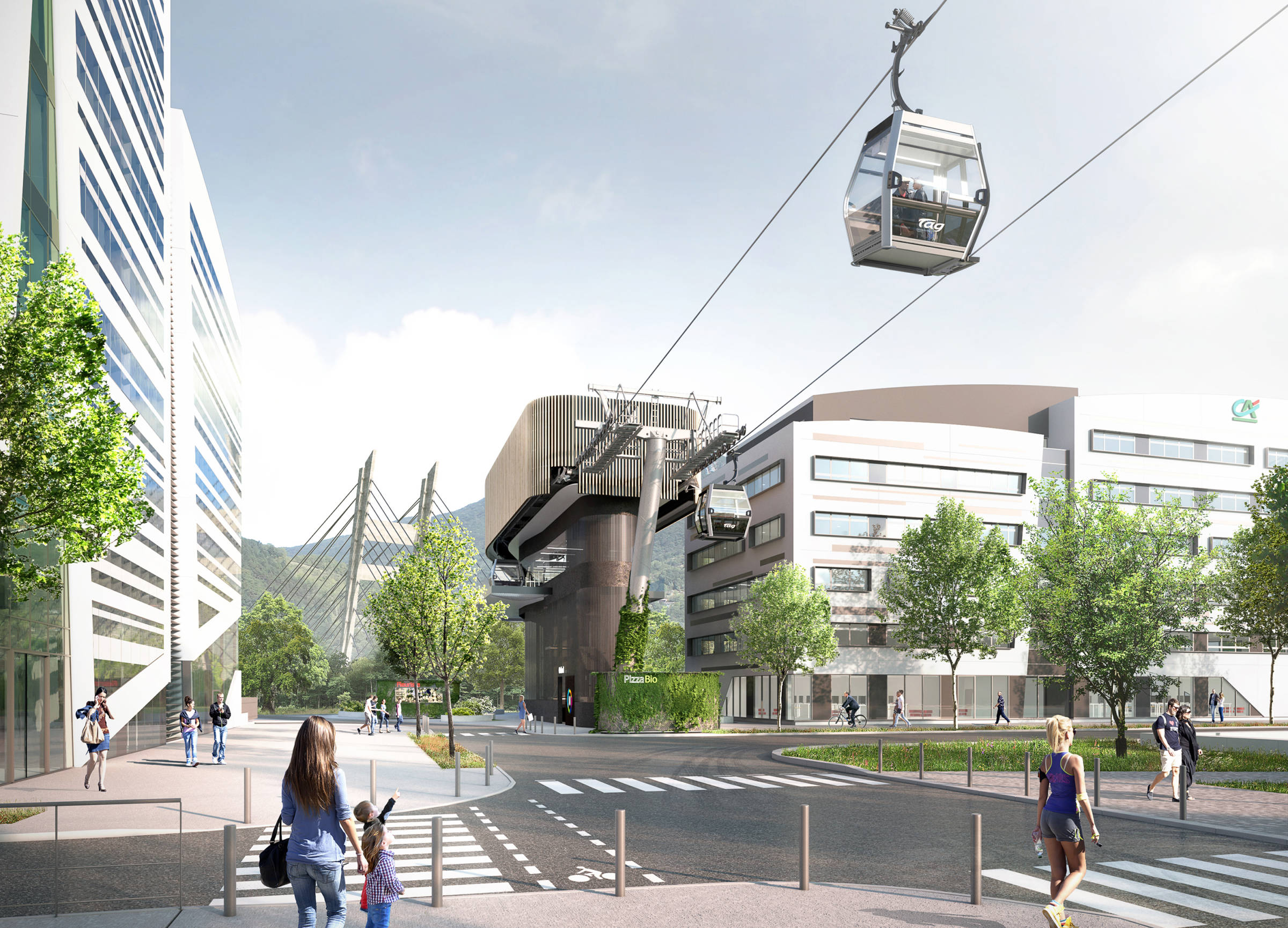Winner in 2020 of the public tender launched by the Syndicat Mixte des Mobilités de l’Aire Grenobloise (SMMAG), the consortium made up of POMA, Groupe-6 and Egis will build Grenoble’s cable transportation system. This 3.5 km long infrastructure, on a strategic axis, will offer the inhabitants of the area an innovative air transport technology. Although its application to tourism is well known in Grenoble, where the “bubbles” have become the city’s emblem, public cable transport is still underdeveloped in France. However, it can be adapted to all the challenges of urban mobility and is highly prized worldwide for its performance in this area and for its environmental virtues. Economical and ecological, this line will accompany the development of the city and will help support regional development projects. With a capacity of 1,500 passengers per hour over an extended opening period, this air transport solution will complete the overall travel offer in the Grenoble metropolitan area. It will not be affected by natural obstacles (Isère and Drac rivers) or urban barriers (highways, rail network), and will fly over the scientific peninsula to connect to the existing public transport network (tramways and buses). It will have 6 stations (La Poya, La Saulée, Argentière, Presqu’île Ouest, Oxford, Saint Martin-le-Vinoux), 4 of which will be used by passengers and 2 of which will be technical stations.
Developing a common identity for the entire line, the stations will be urban totems with a unified design, and will form “balconies” over the city with a 360° view of the distant landscape. The compact design of the stations, distributed by a central platform, will limit their impact on the ground, allowing them to be located in constrained areas and encouraging the development of public space. Above the platform, their technical cover becomes a green roof, with a pleasant view from the surrounding buildings. Metal, wood and vegetation are wisely combined in a coherent overall design.
Team
Director
Project leader
Simon Leibe
Team
Hélène Bottarel
Vincent Platel
Sandrine Pieck
Landscape
Corinne Thibaut
Perrine Alexandre
Quantity surveying
Didier Deschamps
Céline Castedo




